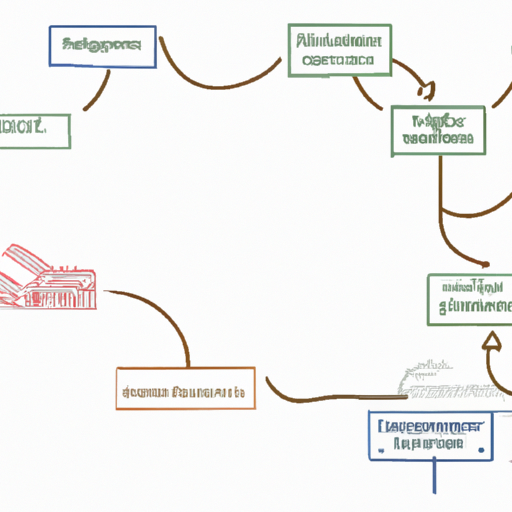Introduction:
When it comes to building a successful business, having a solid business model is crucial. A business model serves as a blueprint for how a company creates, delivers, and captures value. It outlines the key elements that make up the foundation of a business and helps guide decision-making processes. In this article, we will delve into the nine building blocks of a business model and explore their significance in creating a thriving enterprise.
1. Customer Segments:
Identifying and understanding your target audience is essential for any business. Customer segments refer to the specific groups of customers that a company aims to serve. By defining these segments, businesses can tailor their products or services to meet the unique needs and preferences of their customers, ultimately increasing customer satisfaction and loyalty.
2. Value Proposition:
The value proposition is the unique combination of products, services, and benefits that a company offers to its customers. It highlights the value that customers can expect to receive from choosing a particular business over its competitors. A strong value proposition differentiates a company from the competition and creates a compelling reason for customers to choose their products or services.
3. Channels:
Channels refer to the various methods through which a company delivers its value proposition to customers. These can include physical stores, online platforms, distribution networks, or partnerships with other businesses. Choosing the right channels ensures that customers can easily access a company’s offerings and enhances the overall customer experience.
4. Customer Relationships:
Building and maintaining strong relationships with customers is crucial for long-term success. Customer relationships encompass the strategies and approaches a company employs to interact with and engage its customers. This can range from personalized customer service to loyalty programs or online communities. By nurturing positive relationships, businesses can foster customer loyalty and generate repeat business.
5. Revenue Streams:
Revenue streams represent the different ways a company generates income from its customer segments. This can include sales of products or services, subscription fees, licensing, or advertising revenue. Diversifying revenue streams can help businesses mitigate risks and ensure a steady stream of income.
6. Key Resources:
Key resources are the essential assets and capabilities that a company needs to operate effectively. These can include physical resources such as manufacturing facilities, intellectual property, human resources, or technological infrastructure. Identifying and leveraging key resources enables businesses to deliver their value proposition efficiently and maintain a competitive advantage.
7. Key Activities:
Key activities are the core tasks and processes that a company must perform to deliver its value proposition. These activities can include manufacturing, marketing, research and development, or customer support. By focusing on key activities, businesses can streamline their operations and optimize their overall performance.
8. Key Partnerships:
Collaborating with strategic partners can bring numerous benefits to a business. Key partnerships involve establishing mutually beneficial relationships with other companies or organizations. This can include suppliers, distributors, or technology providers. By leveraging the expertise and resources of partners, businesses can enhance their value proposition and expand their reach.
9. Cost Structure:
The cost structure refers to the expenses incurred by a company while operating its business model. This includes both fixed and variable costs, such as production costs, marketing expenses, or overhead costs. Understanding the cost structure is crucial for determining pricing strategies and ensuring profitability.
Conclusion:
A well-designed business model is the foundation of a successful enterprise. By understanding and implementing the nine building blocks discussed above, businesses can create a clear roadmap for success. Each building block plays a vital role in shaping the overall business model and contributes to the company’s ability to create, deliver, and capture value. By continuously evaluating and refining these building blocks, businesses can adapt to changing market conditions and stay ahead of the competition.




